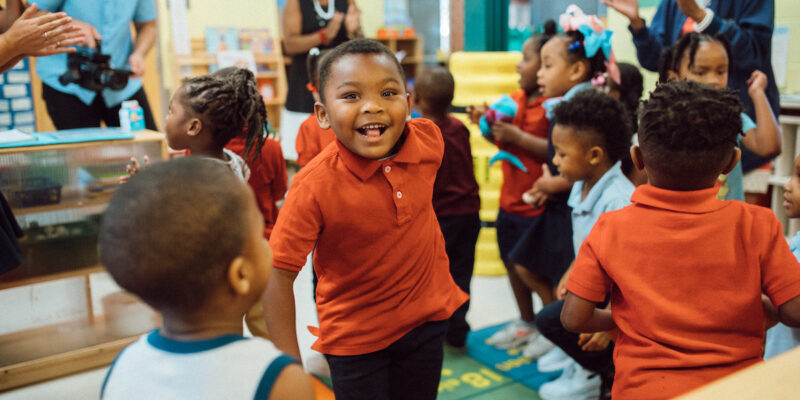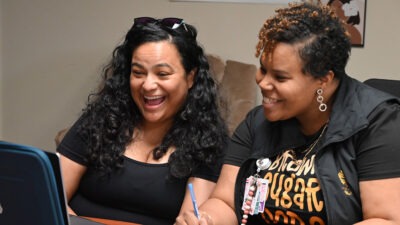in brief
- More than a decade ago, the state of New York was found in violation of its constitutional obligation to provide “a sound basic education” to each student in the state.
- After this 2006 ruling, the state continued to disregard its constitutional obligation, forcing schools to make tough budgetary decisions while advocates argued that schools were underfunded.
- To the success of these advocates for the students of New York, lawmakers in 2021 agreed to channel $1.4 billion more over three years toward their public schools during state budget negotiations.
WHY THIS MATTERS
Each state constitution includes an education clause requiring the state to provide education to children living in the state. In order to offer high-quality teaching and learning experiences to all students, school systems need to be both adequately and equitably funded. Funding is adequate when levels meet or exceed the costs of providing the educational resources that kids need to thrive and succeed academically. Funding is equitable when schools can buy the right types and levels of educational resources needed so every student thrives and succeeds academically.
New York, like many places, has routinely failed to allocate the total amount of money due to the state’s school system according to the state school funding formula calculation. This underfunding disproportionately negatively impacts low-income student and students of color. According to Public Policy and Education Fund of New York, across the state—as in the rest of the nation—structural racism has left schools of Black and Latinx students inadequately funded. New York State has 18% Black, 25% Latino, 9% Asian and 45% White students. More than half of the students in the state (54%) are economically disadvantaged. For these students, quality education can make a huge difference.
Inadequately funded schools were forced to make tough cuts to core educational opportunities in art and music, or to sequences of Advanced Placement courses or other electives. Some schools had classes with 30 or even 40 students. Some schools have not had enough teachers or support staff. Guidance counselor-to-student ratios have been as high as 1 to 800, while the recommended ratio is 1 to 250. “The fight to hold the State to its obligation to fund public education has always been deeply steeped in racial justice; the majority of [public school funding] is due to school districts with 40% or more Black and Latinx students,” said Executive Director of Alliance for Quality Education Jasmine Gripper. “The full funding that will be provided to schools over the next three year represents a major step toward racial and economic equity in education.”
the opportunity
- The infusion of $1.4 billion over the next three years ensures that kids receive the high-quality teaching and learning experiences that they need to thrive.
- “The work parents, students and organizers have done has resulted in this historic victory. Now our work turns to localities to make sure the money is spent with those parents and students at the table,” said Rosemary Rivera, co-executive director for Public Policy and Education Fund of New York.
- WKKF grantees Public Policy and Education Fund of New York and Education Law Center — who contributed to this win via their tireless, persistent advocacy and legal supports over many years — continue to work on behalf of New York children, families and communities.








Comments